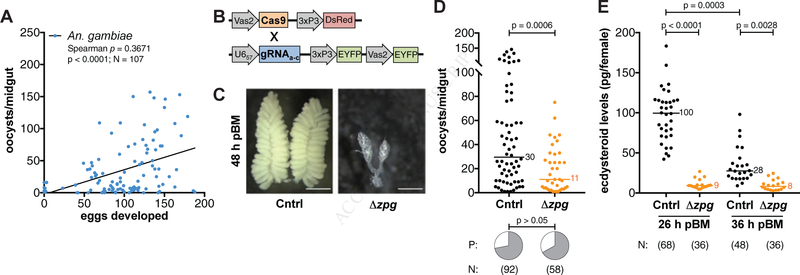Figure 1: Parasite and egg development are linked.
(A) There is a positive correlation between the number of An. gambiae eggs and P. falciparum oocysts developing in females (Spearman’s correlation. Line shows data trend). (B) A transgenic vasa2-Cas9 mosquito line was crossed with a U657-Zpg gRNA transgenic line to generate Δzpg mosquitoes. (C–D) Blood-fed Δzpg females (C) fail to produce eggs (scale bar = 500 μm) and (D) support fewer parasites compared to Zpg/+ controls (Cntrl) (Mann-Whitney), while there is no effect on infection prevalence (P) (Chi-Squared). (E) Δzpg females produce lower levels of ecdysteroids at 26 h and 36 h pBM (Kruskal-Wallis, Dunn’s correction). N = sample size.

